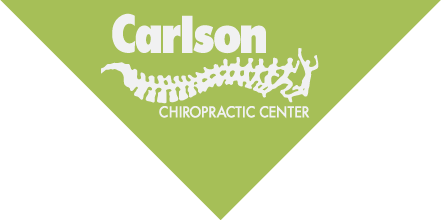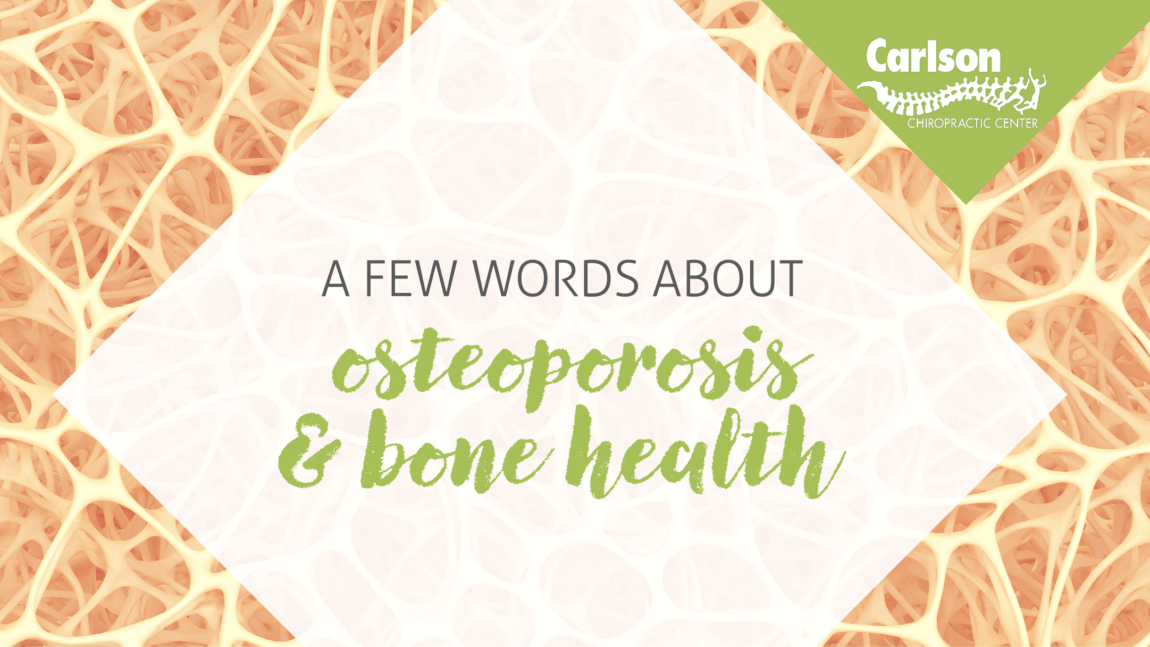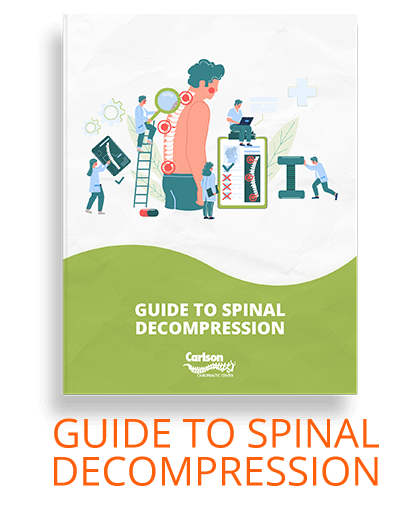Osteoporosis is a condition in which the bones weaken and are at a significantly higher risk for fracturing. As people age, especially women, bone loss is one of the health indicators that are noted at a regular check-ups. The painless, fast process of bone density testing is the best way to identify if you have osteoporosis or osteopenia. Osteopenia is an indication of lower-than-normal bone density and is a good “wake-up call” for proactive bone-strengthening measures.
It is recommended that all women ages 65 and over have a bone density test or DEXA. Men age 70 and over, and women of all ages that have a family history of bone fractures and risk factors are also encouraged to be tested. Those risk factors include low body weight, sedentary life, excessive tobacco and/or alcohol use and early menopause.
How is the testing done?
A bone density test measures the levels of mineral content in bones. Stronger bones have more minerals, and weaker bones have fewer. During a DEXA test, patients lie on a padded table, and their lower spine and hips are scanned with low-level X-Rays. The results of the testing are rated in a “T-score” which compares bone density to the average peak bone density of a young adult. A score of 0.0 is the best score to receive. A T-score of -1.0 to -2.5 is diagnosed as osteopenia. A patient with osteoporosis will have a T-score of -2.5 or lower.
What are the common treatment options?
Treatments for osteoporosis can include diet changes, physical activity, supplements and medications. If a patient begins treatment for low bone density, it is recommended to be tested in the following couple of years to make sure the medications and lifestyle changes are strengthening the bones. A calcium-rich diet and weight-bearing exercise are strongly encouraged to help return bones to their strong, supportive structures.
Osteoporosis and spine health
In rare instances, osteoporosis causes such weakening of the bones in the lower spine that compression can result. These, in turn, cause the spine to narrow and result in serious lower back pain, or spinal stenosis. This is usually only diagnosed in elderly patients, and the appropriateness of the treatment is based on a thorough evaluation on a case-by-case basis. As is the case with spinal stenosis in patients with healthy bones, decompression can be extremely beneficial.
Learn more about decompression therapy with our informative “Consumer Guide to Decompression.”


